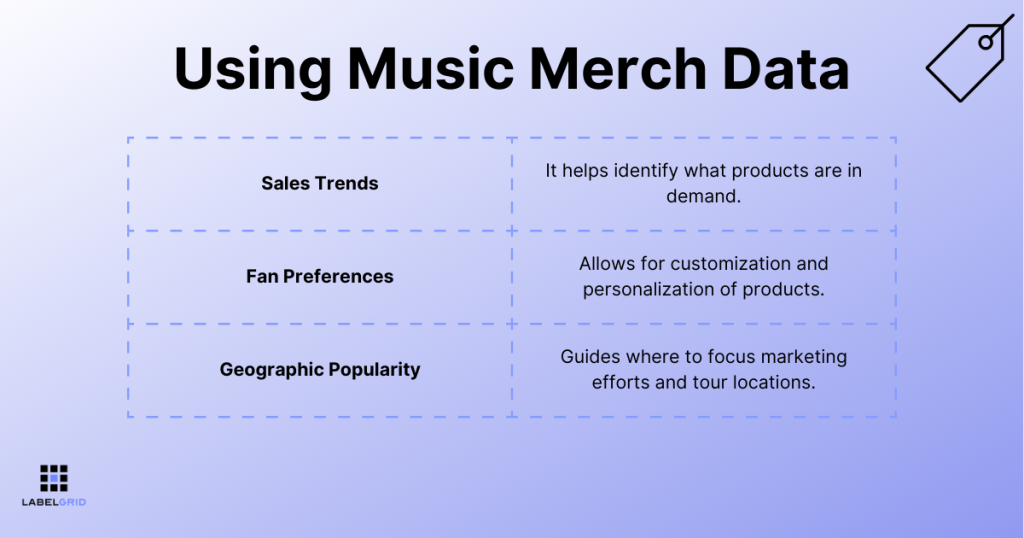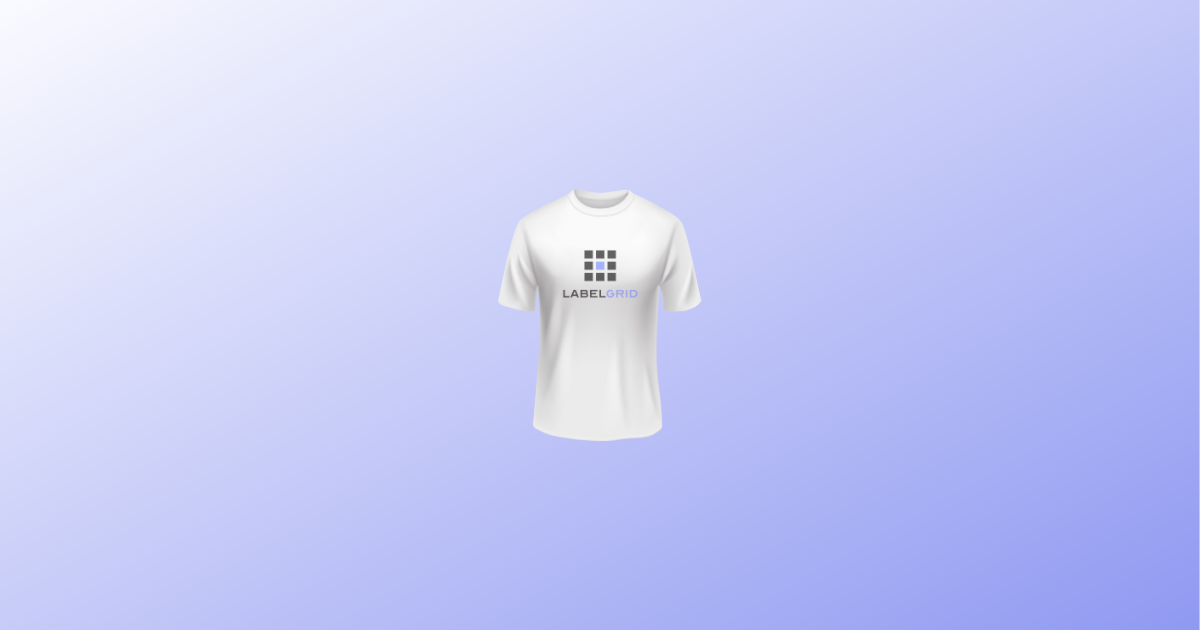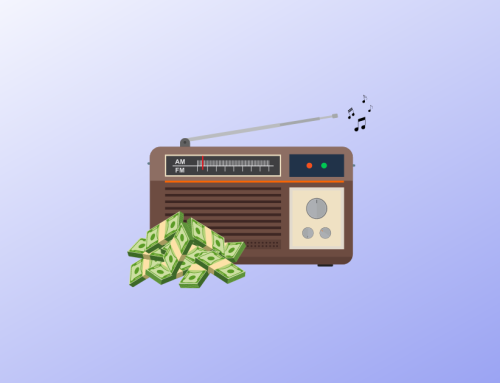Merchandising has become a powerhouse of branding and revenue for artists and labels alike. It’s not just about selling t-shirts at concerts anymore; it’s an art form that personally connects fans with their favorite artists. Merchandising has become a crucial part of an artist’s identity and a significant revenue stream that can sometimes surpass income from music sales. Whether you’re an up-and-coming band or an established label, understanding the ins and outs of merchandising is vital to unlocking its full potential. Let’s jump into why merchandising is more than just merchandise.
Importance of Merchandising in the Music Industry
Picture this: every piece of merchandise is a walking billboard for your artists. It’s more than just income; it’s about fostering a deeper connection with fans.
First off, merchandising extends your brand beyond music. It’s about creating a lifestyle that fans want to buy into. Whether a T-shirt, hat, or vinyl, each item tells a story and connects fans to their favorite artists.
Secondly, merchandising can be a significant revenue booster, especially in today’s music industry, where physical album sales are dwindling. Live events and online stores have become hotspots for merch sales. It’s about being present where your fans are, from concerts to social media platforms.
Diversifying your merch lineup is a must. Don’t stick to one-size-fits-all. You’ve got a wide array of fans, so cater to them with various products. Limited edition items or artist collaborations can spike interest and drive sales. It’s all about creating that must-have feeling.
Let’s talk about the data. Tracking your merch sales gives you invaluable insights into your fanbase. What sells well in one location might not sell in another, allowing you to tailor your inventory and marketing strategies. Here’s a quick look at why paying attention to data matters:

Finally, don’t overlook the power of storytelling through your merch. Each item offers a unique opportunity to enhance your artist’s brand narrative. Whether it’s through design, packaging, or limited-run items tied to specific albums or tours, every choice plays into building a stronger connection with the audience.
Remember that integrating these strategies into your merchandising plan is not just about making sales. It’s about enriching the fan experience and strengthening their bond with your artists.
Types of Merchandise in the Music Industry
Understanding the broad range of items that can turn a profit while also boosting your artist’s brand is essential. We’ll break these into two main categories: physical and digital. Each category has perks and is crucial in today’s music marketing strategies.
Physical Merchandise
Physical merchandise has been the backbone of artist branding for decades. It’s something tangible fans can hold, wear, and collect, creating a strong physical connection with the artist’s brand. Here are a few popular types:
-
Apparel: T-shirts, hoodies, hats, and even socks adorned with an artist’s logo or album art remain best-sellers. They serve as walking billboards, spreading the artist’s image far and wide.
-
Vinyl Records and CDs: Even in 2024, physical copies of music, especially vinyl records, have seen a resurgence. They offer an analog warmth, artwork, and liner notes that digital formats can’t replicate.
-
Posters and Art Prints: Visual art that captures the essence of an album or the artist’s persona can decorate fans’ spaces, making a daily visual connection.
-
Accessories: Pins, stickers, key chains, and phone cases are affordable yet effective merch items. They’re perfect for fans looking to support their favorite artists on a smaller budget.
Choosing the right mix of physical merchandise depends on your artist’s fanbase demographics and what they’re more likely to purchase. Exclusivity, like limited-edition releases, is also worth considering to create a buzz.
Digital Merchandise
With the rise of the internet and mobile technology, digital merchandise has become an increasingly important aspect of music merchandising. It offers convenience and instant accessibility, especially to the younger, digitally-savvy fans. Let’s explore some digital merch types:
-
Digital Downloads: Exclusive tracks, bonus content, or entire albums available for digital download provide fans with immediate access to new music.
-
Virtual Meet and Greets: Personal interactions with artists have gone digital. These sessions can be sold as exclusive opportunities for fans to connect with artists online in a more personal, intimate setting.
-
Digital Artwork and NFTs: Leveraging blockchain technology, artists can sell unique digital artwork or moments as Non-Fungible Tokens (NFTs). These offer something unique and collectible and introduce a new revenue stream.
-
Online Experiences: Exclusive online concerts, behind-the-scenes content, or interactive experiences can be sold or used as incentives for fans to purchase other merchandise or music.
Digital merchandise requires understanding your audience’s online behavior and preferences. It’s about creating digital experiences that add value and deepen the fan-artist connection beyond just the physical world.
Designing Effective Music Merchandise
Understanding Fan Base
First off, getting a grip on who your fans are can be a game-changer in the merch game. Age, location, and even genre preferences play a significant role in identifying what kinds of merchandise they will buy. For instance, younger fans might lean towards trendy apparel or tech accessories, while vinyl might be more prevalent among older or more traditional music enthusiasts. Conducting surveys or analyzing social media engagement can provide valuable insights into your fan base’s preferences.
To break it down, if you’re aiming at a demographic that’s primarily active on platforms like TikTok or Instagram, consider merchandise that’s visually appealing and sharable on these platforms. Think of limited-edition items or merchandise with a digital experience, like AR filters or exclusive online content.
Collaborations with Artists/Brands
Collaborating with artists or brands can elevate your merch to new heights. It’s not just about slapping a logo on a t-shirt but creating something that resonates with fans deeper. When an artist collaborates with a fashion brand, for instance, it merges fandom with lifestyle, making the merchandise more appealing.
Consider partnering with artists who share a similar fan base or ethos. This broadens your reach and introduces your merchandise in new, exciting ways. For example, limited-edition releases or co-branded products often create a buzz, driving up demand through exclusivity.
Ensure there’s a shared vision and that the final product reflects both parties’ brands well. It’s all about creating a win-win situation for you, the collaborator, and the fans.
Utilizing Visual Aesthetics
The look of your merchandise plays a leading role in its success. Understanding the latest trends in design and fashion can be particularly beneficial. However, it’s also essential to balance trendy and timeless designs to ensure your merchandise has a longer shelf life.
Incorporate iconic imagery, album artwork, or memorable lyrics into your designs to make them stand out. Custom typography or unique illustrations can add a personalized touch that fans appreciate. Essentially, you want your merchandise to be something fans proudly wear or display at concerts and in their everyday lives.
Besides, quality cannot be overstressed. Investing in high-quality materials and printing techniques can significantly affect how fans perceive your merchandise. It’s not just about the design but the overall experience of using or wearing it. Fans are more likely to purchase again if they know they’re getting their money’s worth.
By focusing on these critical areas, you’re setting the stage for merchandise that boosts revenue and strengthens your connection with fans. Remember, effective music merchandise is about more than just selling products; it’s about enhancing the fan experience and building a community around your brand.
Trends in Music Merchandising
Limited Edition Releases
You’re constantly seeking ways to stand out in the crowded music industry. One effective strategy? Limited-edition Releases. Here’s the deal: By offering merchandise for a short time or in a restricted quantity, you tap into your fans’ fear of missing out (FOMO). It’s about creating a buzz and making your merch more desirable because it won’t be around forever.
So, how do you execute this? First, consider tying these releases to specific events or milestones, like album anniversaries or concert tours. This adds an extra layer of exclusivity and makes the merch more memorable to fans. Another tactic is to number your items, amplifying their collectible value. Imagine a fan boasting about owning a T-shirt number 1 out of 500. That’s marketing gold.
Merch Bundles
Merch bundles are another intelligent play. Here, the power of combination works in your favor. By grouping items together — a vinyl, a T-shirt, and a signed poster — you’re not just selling products; you’re selling an experience. Plus, bundles can provide better value to your fans, encouraging them to spend more.
Different bundles can cater to different fan segments. Deluxe bundles with exclusive content can be irresistible for super fans. A simple combo of a digital download with a piece of wearable merch might be the ticket for more casual followers. Remember, the key here is flexibility and variety. Offer something for everyone, and watch your sales soar.
Eco-Friendly Merchandise
More than ever, your audience cares about sustainability. Eco-friendly merchandise isn’t just good for the planet; it’s good for your image and your bottom line. Fans are willing to pay a premium for products that don’t leave a heavy carbon footprint. So, what does eco-friendly merch look like? Think organic cotton T-shirts, biodegradable phone cases, or reusable tote bags.
But it’s not just about the products themselves; it’s also about the packaging. Ditching plastic for recyclable or compostable packaging can make a huge difference. And don’t forget to communicate your efforts. Transparency about your materials and processes can enhance your brand’s authenticity and attract more eco-conscious fans.
By embracing these trends — limited edition releases, merch bundles, and eco-friendly merchandise — you’re not just keeping up with the industry. You’re setting the pace, offering your fans more value, and building a stronger, more sustainable brand.
Conclusion
Embracing the latest trends in music merchandising is crucial for staying relevant and engaging your fan base effectively. By incorporating limited edition releases, you’re not just offering products but creating memorable experiences. Bundling merchandise allows you to cater to various preferences and encourages fans to explore more of your offer. Also, adopting eco-friendly practices in your merchandising efforts will reflect your brand well and resonate with the growing eco-conscious audience. In understanding the dynamic landscape of the music industry, these strategies will enhance your brand’s appeal and ensure a deeper connection with your audience.



